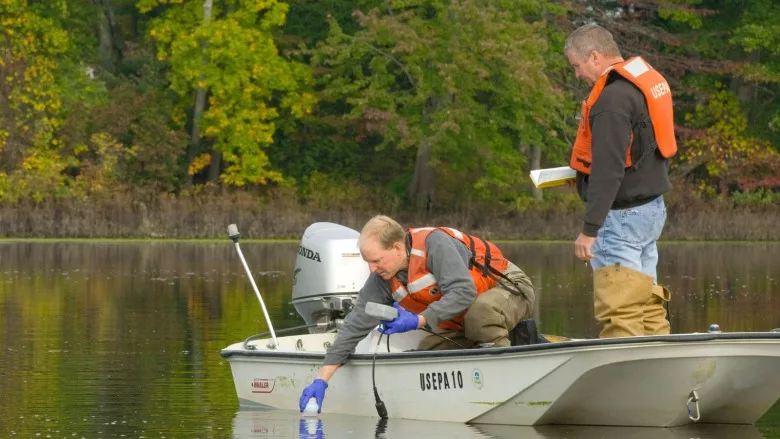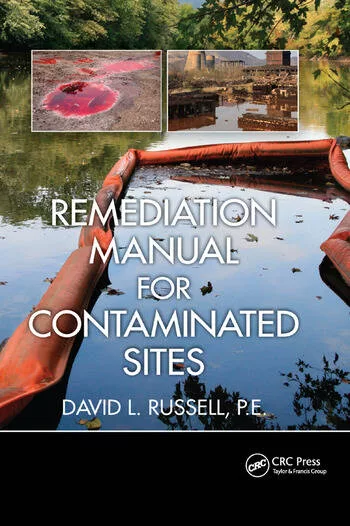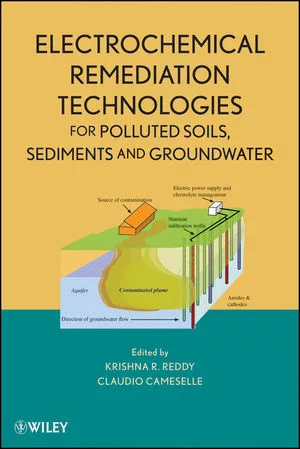Pennsylvania adopts PFAS limits for drinking water
The rule sets an MCL of 14 parts per trillion (ppt) for PFOA and an MCL of 18 ppt for PFOS.

EPA Scientists Collect water samples for analysis. Photo by EPA
In a first of its kind rulemaking, Pennsylvania has adopted new regulations to protect Pennsylvanians’ drinking water from PFAS chemicals by setting new limits on two forms of per- and poly-fluoroalkyl substances (PFAS).
The new rule sets maximum contaminant levels (MCLs) in drinking water for two forms of PFAS – perfluorooctane sulfonic acid (PFOS) and perfluorooctanoic acid (PFOA) – in order to protect the public from potential adverse health effects linked to exposure to PFOA and PFOS.
“Since Governor Tom Wolf signed an executive order in 2018, DEP has been committed to protecting Pennsylvanians from the adverse impacts of PFAS. We are still learning more about these chemicals, and these new MCLs are a step in the right direction,” said DEP Acting Secretary Ramez Ziadeh.
The rule sets an MCL of 14 parts per trillion (ppt) for PFOA and an MCL of 18 ppt for PFOS. The MCLs are intended to protect against adverse developmental effects (including neurobehavioral and skeletal effects), and adverse immune system effects (including immune suppression). The rule also specifies requirements to ensure compliance with the MCLs, including monitoring and reporting, analytical requirements and approved treatment technologies.
PFAS are a class of synthetic chemicals used since the 1940s to make water-, heat-, and stain-resistant products such as cookware, carpets, clothing, furniture fabrics, paper packaging for food, and other resistant materials. These chemicals are persistent in the human body and throughout the environment. PFAS have been associated with adverse health effects but are classified by scientists as emerging contaminants because the risks they pose to human health and the environment are not completely understood.
The MCLs for PFOA and PFOS apply to all 3,117 community, nontransient noncommunity, bottled, vended, retail, and bulk public water systems. Of these, 1,905 are community water systems, serving a combined population of approximately 11.4 million residents; another 1,096 are nontransient noncommunity water systems (businesses, schools, and healthcare facilities) serving approximately 507,000 people.
In September 2018, Governor Wolf signed an Executive Order establishing the PFAS Action Team, moving Pennsylvania to the forefront of states taking proactive steps to address PFAS and other contaminants.
Led by the Action Team, the administration has taken steps to identify and address contamination and establish a cleanup plan that will result in every Pennsylvanian having water free from PFAS contamination.
Pennsylvania is at the forefront of states taking proactive steps to address PFAS. More information on Pennsylvania’s efforts to address PFAS can be found at this webpage: www.dep.pa.gov/PFAS.
The regulation was published in the Pennsylvania Bulletin on Saturday, January 14, 2023.
MEDIA CONTACT: Jamar Thrasher, jthrasher@pa.gov, 717-319-1758






